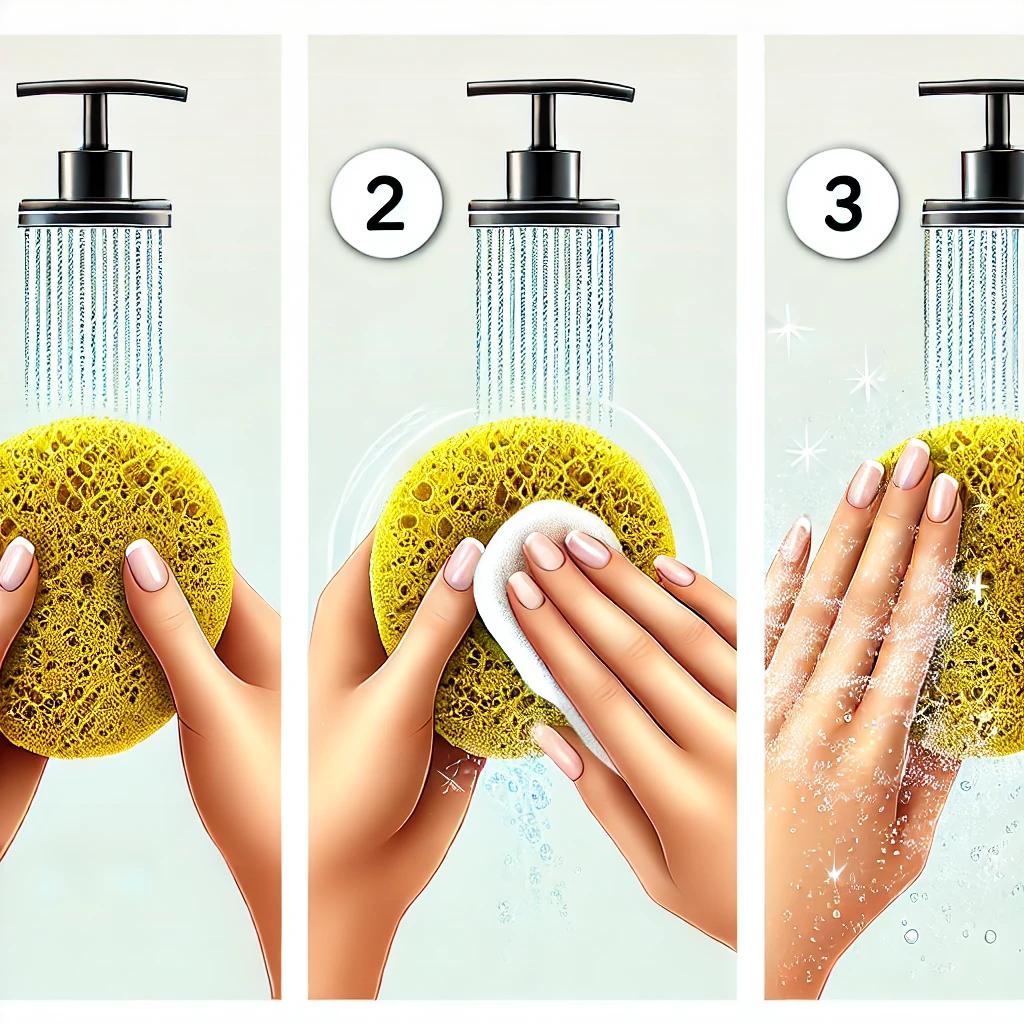
"Comprehensive Guide to Natural Sponges: Benefits, Uses, and Care Tips"
Introduction
Natural sponges are a versatile and eco-friendly option for personal care, cleaning, and even art. Derived from sustainable marine sources, these sponges have been used for centuries due to their softness, absorbency, and biodegradability. This guide will cover the types of natural sponges, their benefits, usage in various applications, and maintenance tips.
Table of Contents
- Types of Natural Sponges
- Benefits of Natural Sponges
- How to Use Natural Sponges
- How to Care for Natural Sponges
- Conclusion
Types of Natural Sponges
Natural sponges come from various marine and freshwater sources, each with unique properties. Some of the most popular types include:
1. Sea Sponges
- Honeycomb Sponges: Known for their durability and softness, ideal for skincare.
- Silk Sponges: Fine-textured, suitable for sensitive skin or makeup removal.
- Wool Sponges: Highly absorbent, great for household cleaning.
2. Loofah Sponges
- Not marine sponges but derived from the fibrous interior of the loofah plant. Ideal for exfoliation.
Benefits of Natural Sponges
Natural sponges offer numerous benefits, including:
- Eco-Friendly: 100% biodegradable, unlike synthetic sponges.
- Naturally Antibacterial: Marine sponges resist bacterial growth, making them more hygienic.
- Versatile: Suitable for skincare, cleaning, and other uses.
- Gentle on Skin: Particularly beneficial for sensitive skin due to their softness and natural composition.
- Long-Lasting: With proper care, they can outlast synthetic sponges.
How to Use Natural Sponges
Natural sponges can be used in various settings, from personal care routines to household cleaning and even art. Below are specific instructions for each application.
For Skincare
Face Cleansing:
- Wet the sponge in warm water.
- Apply a small amount of facial cleanser onto the sponge.
- Gently massage in circular motions across your face.
- Rinse your face with water and the sponge thoroughly after use.
Exfoliation:
- Use a coarser sponge like a loofah sponge for body exfoliation.
- Gently scrub in circular motions to remove dead skin cells.
- Rinse and follow up with a moisturizer.
Makeup Removal:
- Silk sea sponges work best.
- Dampen the sponge with water or micellar water and gently wipe off makeup.
For Household Cleaning
General Cleaning:
- Wet the sponge and apply natural cleaning agents like vinegar or baking soda.
- Use it to clean surfaces such as countertops, sinks, and tiles.
- Rinse and allow the sponge to air dry between uses.
Washing Dishes:
- Soak the sponge in hot water, apply dish soap, and use it for scrubbing dishes.
- Due to their softness, natural sponges are safe to use on non-stick pans and delicate items.
For Arts and Crafts
- Painting Techniques:
- Natural sponges, especially sea sponges, can create unique textures in watercolor, acrylic, or oil paintings.
- Dip the sponge in paint and dab onto the canvas for a textured effect.
How to Care for Natural Sponges
To extend the lifespan of your natural sponge, follow these care tips:
- Rinse After Use: Thoroughly rinse the sponge with warm water after every use to remove soap, dirt, or makeup residue.
- Disinfect Regularly:
- Soak the sponge in a mixture of 1 tablespoon baking soda and 1 cup of water for an hour.
- Alternatively, you can microwave the damp sponge for 30 seconds to kill bacteria.
- Air Dry: Always allow the sponge to air dry in a well-ventilated space. Avoid leaving it in damp environments to prevent mildew growth.
- Replace When Necessary: Although long-lasting, natural sponges should be replaced when they become too worn out or show signs of mold or an unpleasant odor.
Conclusion
Natural sponges are a fantastic sustainable option for personal care, cleaning, and creative pursuits. By choosing natural sponges, you not only benefit from their superior performance but also contribute to reducing environmental waste. Proper care ensures that your sponge remains effective and hygienic for longer use.
